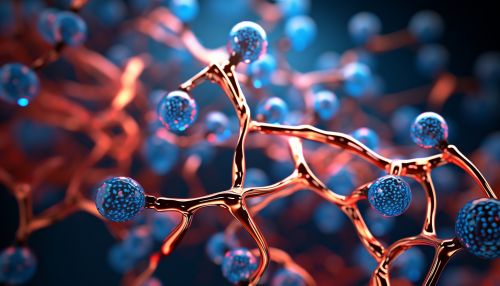Molecular Mechanisms of Antibody Diversity
Introduction
Antibody diversity is a fundamental aspect of the adaptive immune system, allowing for the recognition and neutralization of a vast array of antigens. This diversity is generated through a series of molecular mechanisms that occur during B cell development and activation. These mechanisms include V(D)J recombination, somatic hypermutation (SHM), and class switch recombination (CSR).


V(D)J Recombination
V(D)J recombination is the first mechanism responsible for generating antibody diversity. It occurs in the bone marrow during early B cell development and involves the recombination of variable (V), diversity (D), and joining (J) gene segments to form the variable region of the antibody heavy and light chains. This process is mediated by the RAG1 and RAG2 proteins, which introduce double-strand breaks at specific recombination signal sequences (RSS) flanking the V, D, and J segments. The broken ends are then joined together by the non-homologous end joining (NHEJ) pathway, a process that often introduces additional diversity at the junctions.
Somatic Hypermutation
Following antigen stimulation, B cells undergo a process known as somatic hypermutation. This process introduces point mutations into the variable region of the antibody genes at a high rate. SHM is mediated by the enzyme activation-induced cytidine deaminase (AID), which deaminates cytosine residues to uracil. This leads to the introduction of mutations during DNA replication or repair. The mutations introduced by SHM can lead to changes in the antigen-binding site of the antibody, potentially improving its affinity for the antigen. This process of mutation and selection for high-affinity antibodies is known as affinity maturation.
Class Switch Recombination
In addition to changing the antigen-binding site of the antibody, B cells can also change the effector function of the antibody through a process known as class switch recombination. This process involves a change in the constant region of the antibody heavy chain, switching from one isotype (e.g., IgM) to another (e.g., IgG, IgA, or IgE). Like SHM, CSR is also mediated by AID and involves the introduction of double-strand breaks in the switch (S) regions located upstream of each constant region gene. The broken ends are then joined together by the NHEJ pathway, resulting in a change in the constant region of the antibody.
Conclusion
The molecular mechanisms of antibody diversity are crucial for the adaptive immune response, allowing for the recognition of a vast array of antigens and providing flexibility in the effector functions of antibodies. Understanding these mechanisms is not only important for basic immunology but also has implications for vaccine design and the development of antibody-based therapeutics.
